- 6803 Parke East Blvd. Tampa, FL. 33610
- 800.728.4942
- 813-231-6305
Showing all 11 resultsSorted by price: high to low

39 PC. INTERCHANGEABLE RATCHETING SCREWDRIVER SET

6 PC. TORX® XL SCREWDRIVER SET

“T” Handle SAE / inch, ball / hex,10pc set 1/8 thru 5/16, with case
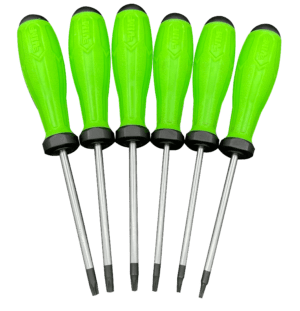
6 PC. TORX® SCREWDRIVER SET
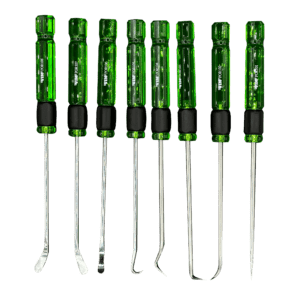
Out of stock
8 Piece Pick & O-Ring Set
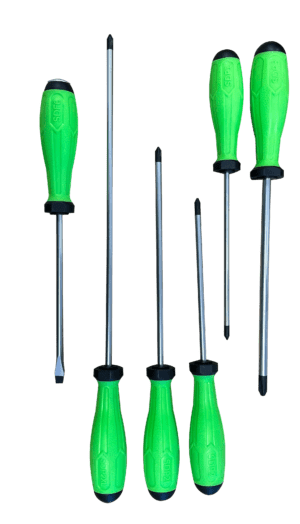
6 PC. PHILLIPS/FLAT GREEN SCREWDRIVER SET, S2 STEEL
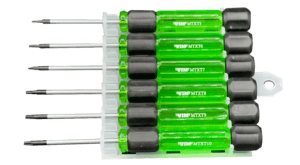
6 PC. MINIATURE TORX® SCREWDRIVER SET
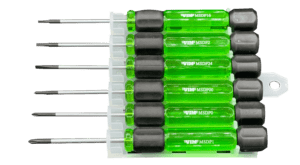
6 PC. MINIATURE SCREWDRIVER SET
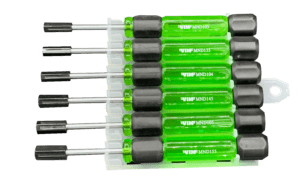
6 PC. MINIATURE NUT DRIVER SET – METRIC

Hand Impact Driver, 3/8″ Square Drive

1/4” HEX DR. STUBBY REVERSIBLE RATCHETING SCREWDRIVER & BIT HOLDER BLADE KIT